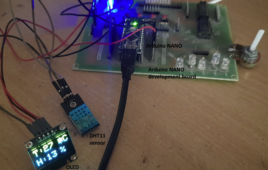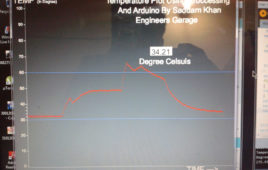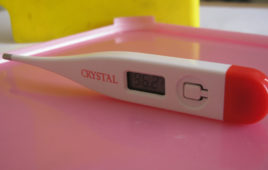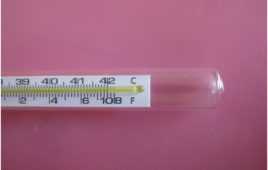Samsung Electronics announced that skin-temperature measurement is now added to its calendar-based Cycle Tracking feature. This means Galaxy Watch5 and Galaxy Watch5 Pro users can now conveniently get even deeper insights to manage their menstrual cycles and overall health. Starting today, the new feature will be progressively released via Samsung Health app updates in Korea, the…
ADI’s medium-bandwidth signal chain platform improves system performance
Analog Devices, Inc. (ADI) has introduced a precision medium-bandwidth signal chain platform improving system performance for signal bandwidths of DC to about 500kHz toward industrial and instrumentation applications. The new platform offers a host of complete signal chains with customizable solution options and a curated suite of development tools, such as LTspice simulations, to simplify…
Renesas delivers intelligent sensor solutions for IoT applications
Renesas Electronics Corporation, a supplier of advanced semiconductor solutions, is changing the way designers build sensor-connected IoT applications with a range of new solutions targeted at faster design cycles, improved accuracy, and reduced system cost. In addition to the new HS4XXX family of relative humidity and temperature sensors, Renesas is introducing the ZSSC3281 sensor signal conditioning (SSC) IC for…
How to use a DHT sensor to show humidity and temperature values on an OLED display
In Part I and Part II of this series, we learned how to use an analog sensor — including a potentiometer (POT), a light-dependent resistor (LDR), and a soil-moisture sensor — to present values on an organic light-emitting diode (OLED) display. In Part III, we’ll also present data on an OLED display, but this time…
Temperature Plot Using Processing and Arduino
The plotting of Data on a graph is used to observe, and subsequently describe, visible patterns that exist within the data. The main aim of this project is to show, how to plot a variable graph using processing environment and Arduino. In this article temperature is plotted on the processing graph. Processing environment is quite similar to Arduino but difference is in processing environment. We can plot the graph but in Arduino we can’t plot any type on graph. Processing Environment is very useful in cases of plotting Analog graphs.Here we are going to discuss plotting temperature graph on computer or laptop using Processing Environment and Arduino. Circuit of reading temperature is very simple.
Electronic Thermometer for Beverage Temperature Measurement
Many of us burn our tongue while taking hot tan and coffee. So to solve this problem we can use this simple thermometer which will let you know the status or temperatures of your coffee before drinking it. For measuring the temperature you have to just dip the sensor into you tea or coffee. For that, install the sensor inside the empty pen which will serve as a probe for you.You can set the temperature according to your requirement from 0 degree to 100 degree Celsius.This circuit is based on two IC namely CA3130 and LM35. LM35 works as a sensor to detect the amount of heat present with few more components. IC CA3130 is an operational amplifier which combines the advantage of both CMOS and bipolar transistor on a single chip. Operating voltage range varies from 5V to 16V.
Insight – How Digital Thermometer works
Digital Thermometers are slowly replacing the conventional mercury thermometer due to the ease of taking reading. People often have the misconception that it contains mercury. Digital Thermometers are mercury free. These thermometers contain thermistor inside the tip which is used to measure the temperature. They provide quick and highly accurate results over the body temperature range. These thermometers are easy to read with LCD display on them. They are equipped with beep alarm & memory function and can record a wide range of temperature. Doctor’s thermometer which are mostly used can read temperature between 94oF and 105oF (35oC and 42oC). It is three in one thermometer as it can record oral, auxiliary and rectal temperatures.
Insight – How Mercury Thermometer works
A thermometer is an instrument that measures the temperature of a system. The word Analog thermometer refers to mercury thermometers commonly used in homes and clinics to measure body temperatures. The mercury used in thermometer is silvery white in color and in liquid state. Mercury is one of the 92 naturally occurring elements that become liquid at room temperature and remains in liquid state throughout a wide range of temperature. Basal thermometers are ultra sensitive thermometers and they can track body’s minutest temperature shift i.e. they can accurately measure the temperature shift by 0.1 degrees Fahrenheit. On the other hand oral thermometers can measure a minimum temperature shift of 0.2 degrees Fahrenheit. Oral thermometers are used to measure the body temperature at the time of fever while basal thermometers are used by females to chart their basal body temperature to predict their fertile period or ovulation.







